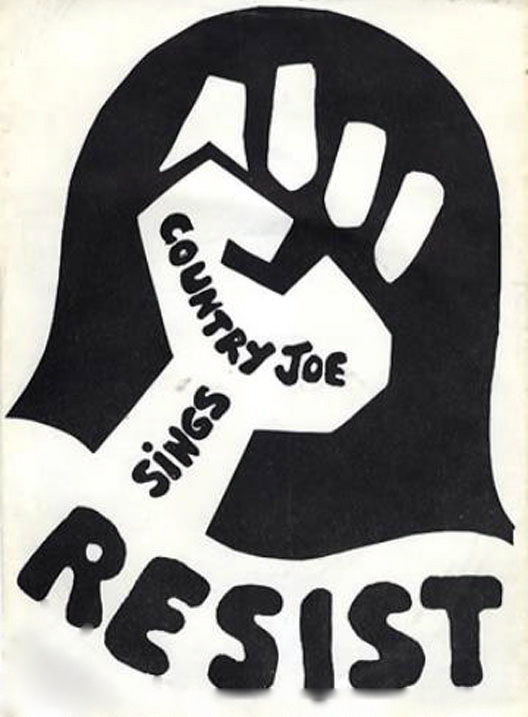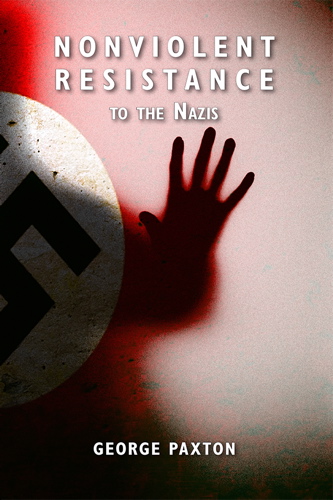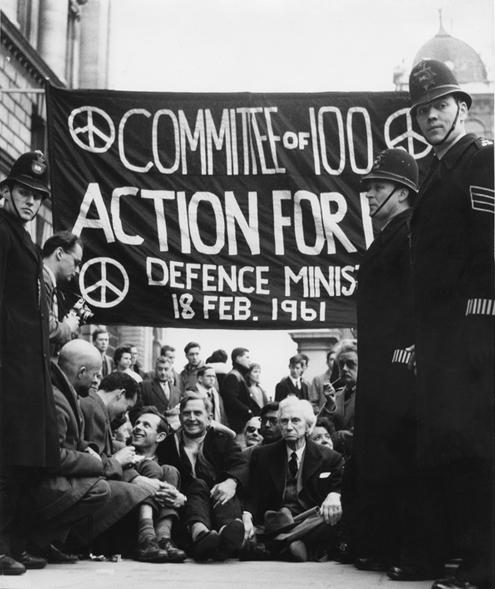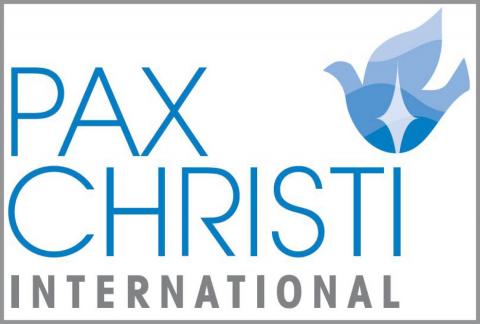Singing of Liberation: The Street Spirit Interview with Country Joe McDonald, Part Four
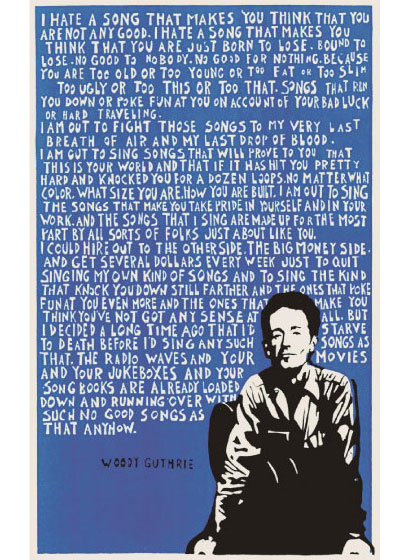
Woody Guthrie poster courtesy countryjoe.com
“I knew a lot of the people had to escape or they were killed by the junta in Chile. It was just tragic and terrible. I had grown up with a full knowledge of the viciousness of imperialism from my socialist parents. So I knew that, but I was still shocked.” Country Joe McDonald
Street Spirit: Robert W. Service called his poems about war “songs from the slaughter mill.” How did it happen that an acid-rock musician of the Vietnam era transformed poems written about World War I into a powerful musical statement in your album War War War?
Country Joe McDonald: When I got out of the Navy and was going to Los Angeles State College, I got a job working in East L.A. at a breaded fish factory. When I was coming home from work, I stopped at a used bookstore, and I saw a book called Rhymes of a Red Cross Man. I took it home and read the poems by Robert W. Service. His brother was killed in World War I and he himself was a Red Cross man during the war — a stretcher-bearer and ambulance driver. I knew about his frivolous, entertaining poems set in the Yukon, like “The Cremation of Sam McGee.” But I was really struck by his poems about war; they’re very different. I just thought they were great.
Spirit: Why were his poems so meaningful to you?
McDonald: They were poignant or humorous poems that were approaching war from different points of view. I just liked them and I thought they were really good. And I liked the little watercolor paintings that illustrated it. One particular poem, “The Ballad of Jean Desprez,” really affected me.


